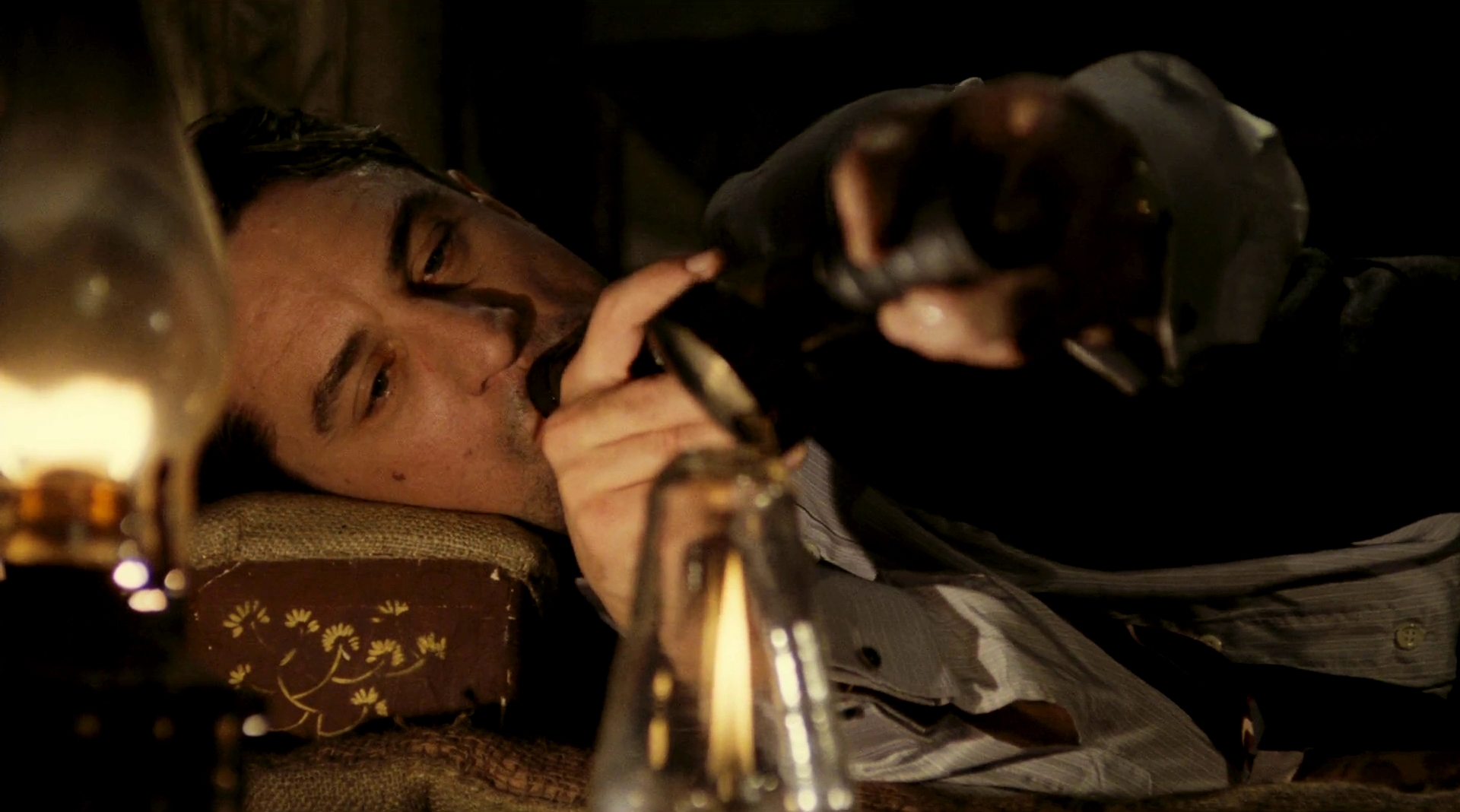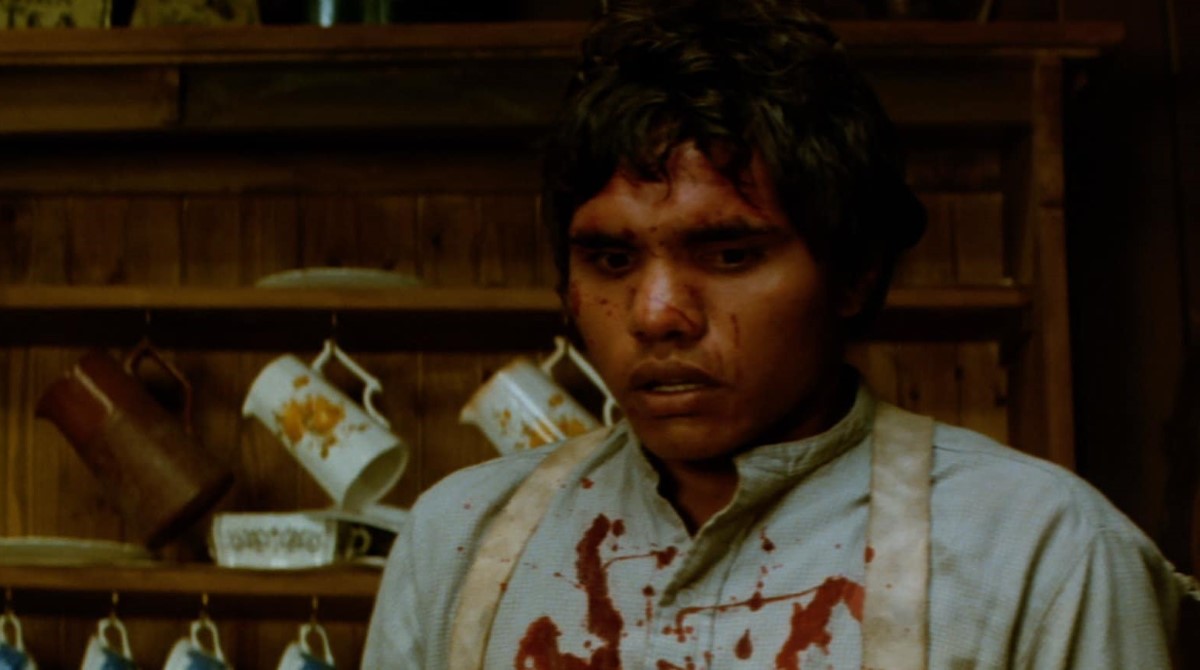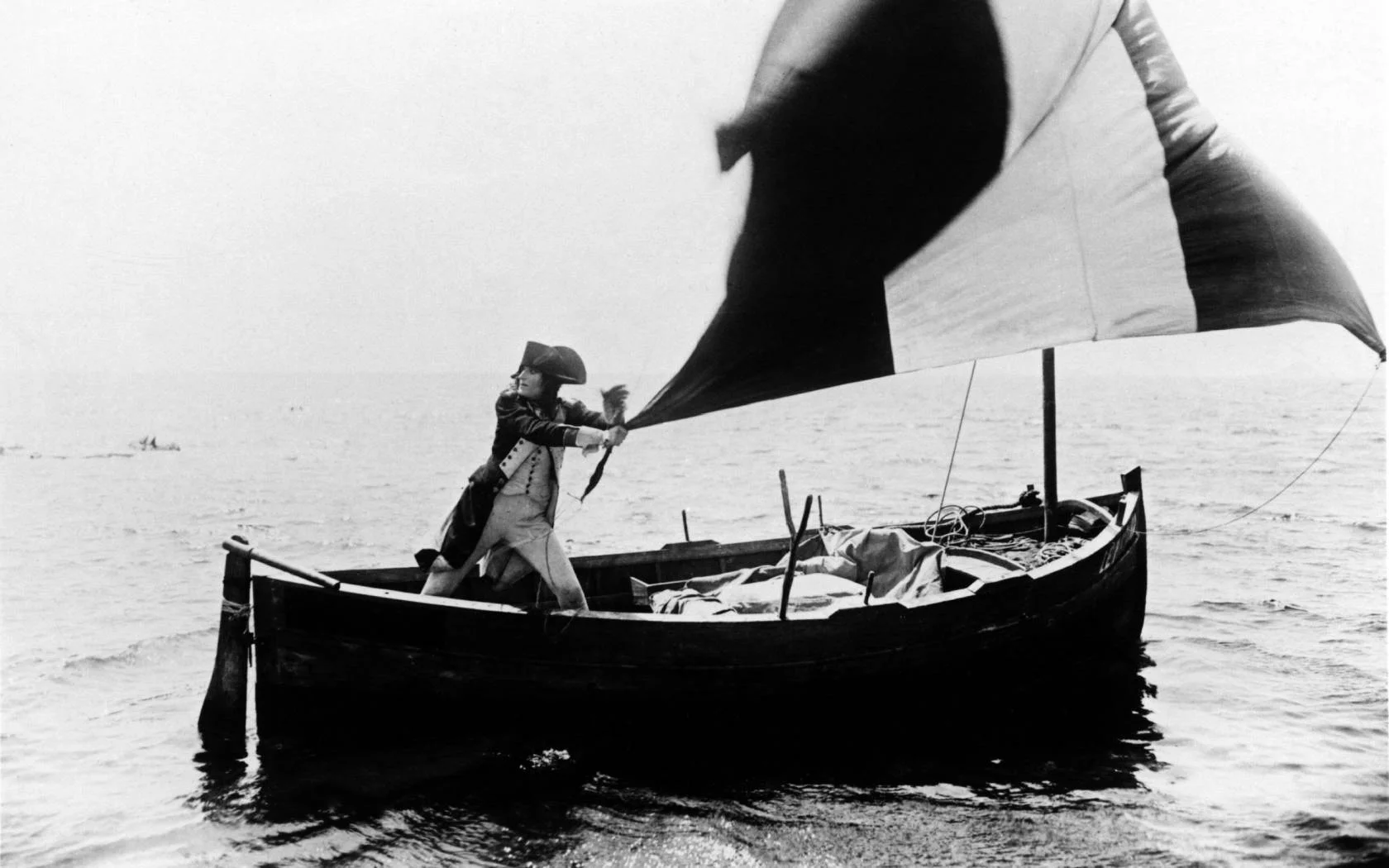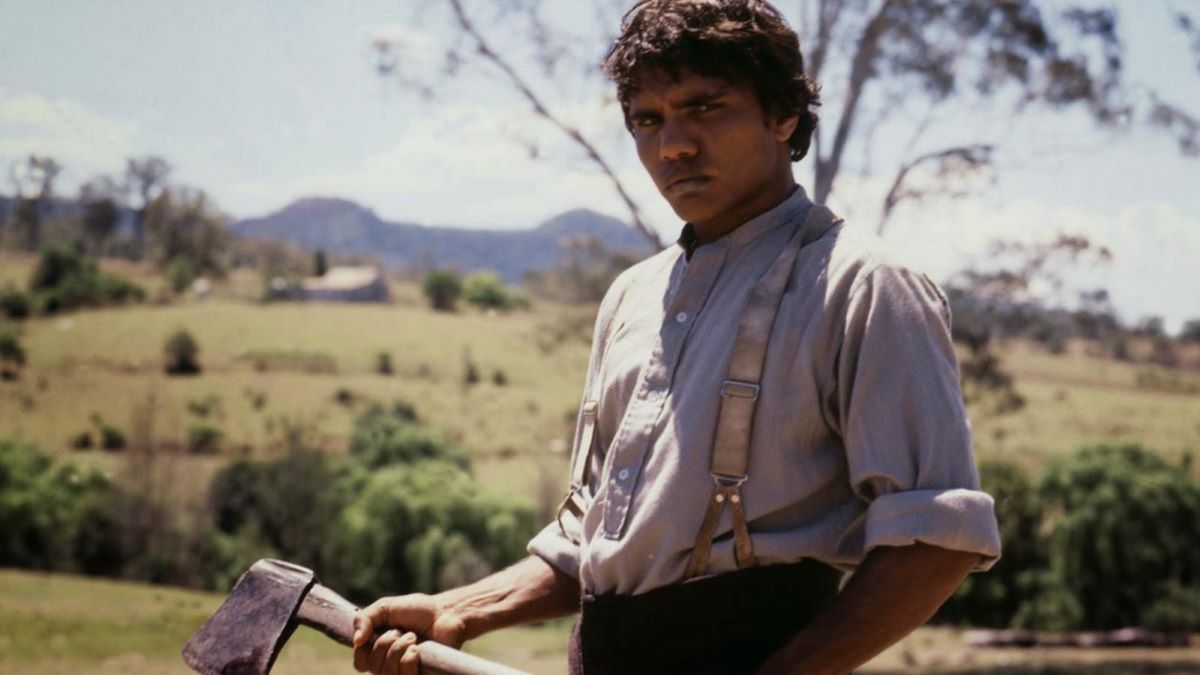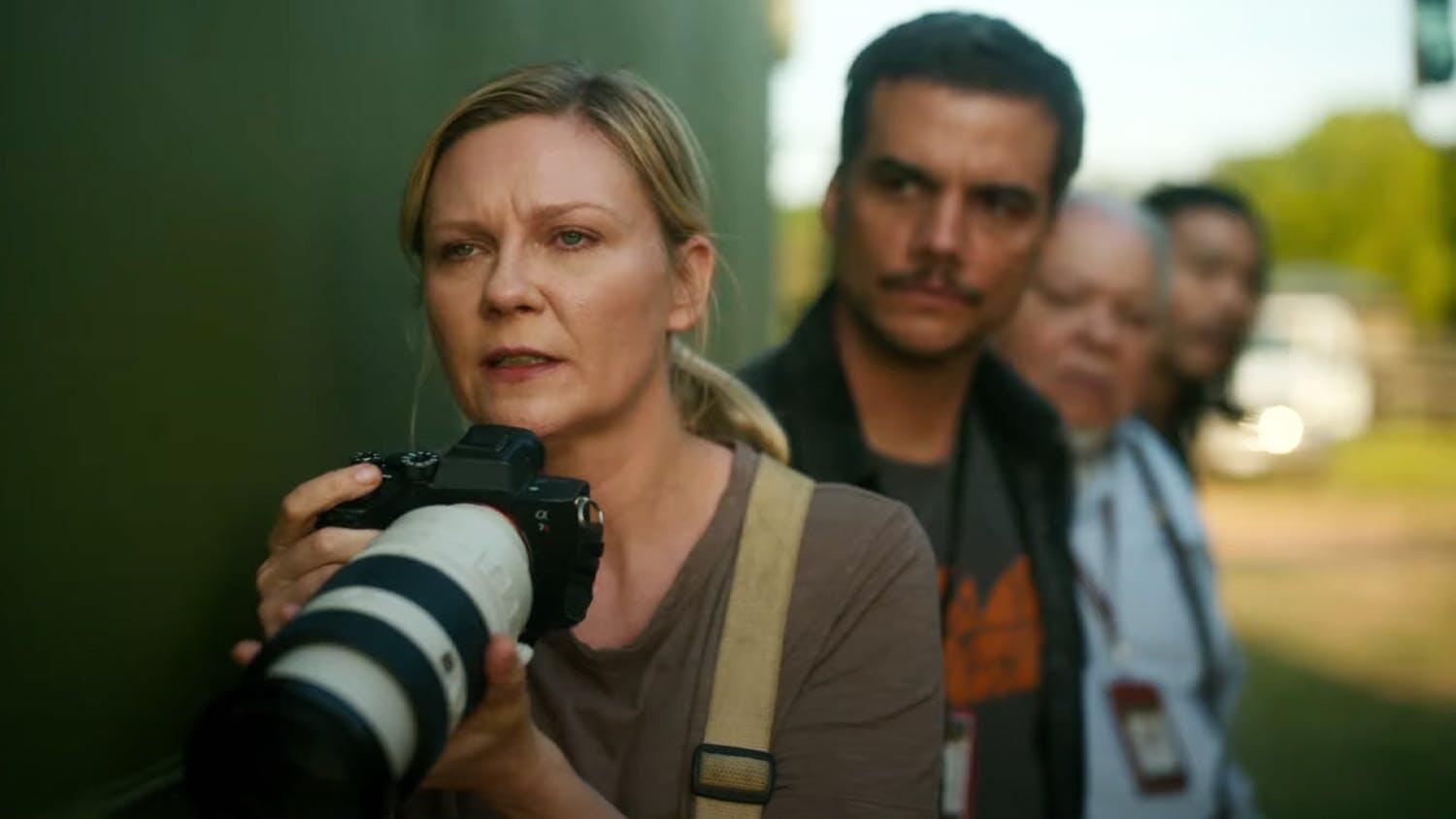by Pauline Kael
When Sergio Leone’s epic Once Upon a Time in America opened here in June, 1984, in a studio-hacked-down version (cut from three hours and forty-seven minutes to two hours and fifteen minutes), it seemed so incoherently bad that I didn’t see how the full-length film could be anything but longer. A few weeks later, though, the studio people let me look at it, and I was amazed at the difference. I don’t believe I’ve ever seen a worse case of mutilation. In the full version, the plot, which spans almost a half century, was still somewhat shaky, but Robert De Niro’s performance as the Jewish gangster, Noodles, took hold, and the picture had a dreamy obsessiveness. I was excited about it and expected to review it a few weeks later, when it was to be released. But the opening was postponed, the weeks stretched into months, and by the time the full (or reasonably complete) epic showed at the New York Film Festival and began slipping into a few theatres, other films were making a more urgent claim.
There’s a special reason it lacked urgency: like the rest of Sergio Leone’s work, Once Upon a Time in America has no immediacy, no present tense. And being in many ways a culmination of his career it’s probably the least anchored of his films. Leone, who grew up in the Italian studio world (his father, Vincenzo Leone, was a pioneer director), isn’t interested in observing the actual world—it probably seems too small and confining. He’s involved in his childhood fixations about movies—stories enlarged, simplified, mythicized. (He only makes epics.) There’s no irony in the title: he uproots American Westerns and gangster pictures and turns them into fairy tales and fantasies. In this movie, a Jewish deli on the Lower East Side in 1921 is on a street as broad as Park Avenue and has a storeroom the size of a football field. Leone doesn’t care about the fact that it was the crowded, constricting buildings that drove the kids into the streets. He directs as if he had all the time in the world, and he has no interest in making his characters lifelike; he inflates their gestures and slows down their actions—every lick of the lips is important.
After we’ve seen conventional gangster pictures, the characters may become enlarged in our memories because of what they do and how the actors look as they’re doing it. Leone doesn’t bother to develop the characters—to him, they’re mythic as soon as he puts them on the screen. And in this movie, though he gives almost an hour to the childhood years of his gang of six Jewish boys (and a couple of girls), the camera solemnizes and celebrates these kids of ten and twelve and fourteen from the start. It’s like watching the flamboyant childhood of the gods. In a sense, what Leone gives us is predigested reveries; it’s escapism at a further remove—a dream-begotten dream, but a feverish one, intensified by sadism, irrational passions, vengeance, and operatic savagery. (In the genre he created, the spaghetti Western, the protagonist didn’t wait for his enemies to draw; he shot first.) Leone has found the right metaphor here: the movie begins and ends in an opium den, where Noodles puffs on a pipe while episodes of his life of killings and rapes and massacres drift by and a telephone rings somewhere in the past. The action is set in 1921, 1933, and 1968—but not in that order.
In its full length, the movie has a tidal pull back toward the earliest memories, and an elegiac tone. Partly, I think, this is the result of De Niro’s measured performance. He makes you feel the weight of Noodles’ early experiences and his disappointment in himself. He makes you feel that Noodles never forgets the past, and it’s his all-encompassing guilt that holds the film’s different sections together. De Niro was offered his choice of the two leading roles—Max, the go-getter, the tricky, hothead boss of the group, and the watchful, indecisive Noodles, the loser, who spends the years from 1921 to 1933 in prison. I respect De Niro’s decision, because he may have thought that the passive Noodles, whose urges explode in bursts of aggression against women, would be a reach, would test him. But I think he made a mistake in terms of what was best for the movie, which, despite its hypnotic bravura, lacks the force at its center that a somewhere-between-twenty-one-and-forty-five-million-dollar epic (depending on who is asked) needs. James Woods, who plays Max, dominated the short version; he actually provided its brighter moments, and it’s a sad thing when you go to a movie and look forward to seeing James Woods, whose specialty is acting feral. In the full version, De Niro gives the film its dimensions. He keeps a tiny flame alive in his eyes, and his performance builds, but Leone doesn’t provide what seems essential: a collision between Noodles and Max—or, at least, some development of the psychosexual tensions that are hinted at. (When Noodles and Max are young teen-agers and are murderously beaten by a rival gang, Noodles lies writhing and Max crawls toward him—it’s like Jennifer Jones and Gregory Peck at the end of Duel in the Sun.) The film’s theme is the betrayal of the immigrants’ dream of America; Max —ever greedy for more money, more power—represents the betrayer. By leaving the two men’s competition and love-hate as just an undercurrent, the film chokes off its dramatic core. And Noodles often seems to be contemplating his life instead of living it. He’s at his most assured— he comes into his own—when Noodles is about sixty; there’s something old about him from the start. (No one is less likely to be called Noodles.)
Leone wants the characters to be as big as the characters he saw on the screen when he was a child, and he tries to produce that effect with looming closeups and heroic gestures; the key thing for his actors is to have the right look. Yet, despite his having breathed and talked this movie for almost ten years before he started production, he made some flagrant mistakes when he got down to the casting. After you’ve seen his Once Upon a Time in the West, you can’t get the iconographic faces (Henry Fonda, Charles Bronson, Jason Robards, Woody Strode, Claudia Cardinale, Jack Elam, and all the others) out of your mind. But it’s almost impossible to visualize all of the five adult gang members in America, even right after you’ve seen the movie. Worse, they don’t have the basic movie-gangster characteristic: they don’t emanate danger. And although Deborah, the dancer-actress that Noodles loves all his life, is marvellously vivid in her young girlhood, when she’s played by Jennifer Connelly (who’s so clear-eyed she walks away with the twenties passages), the role of the adult Deborah is taken over by Elizabeth McGovern, who’s classically miscast. McGovern’s hairstyle is ferocious, she’s unflatteringly photographed, and she moves like a woman who has never got used to being tall. She looks dispirited, and the flair she shows in her comedy roles isn’t visible— she’s so bad you feel sorry for her. (She’s also the victim of a glitch in the film’s time scheme: Deborah goes off to Hollywood in 1933, and then we learn in 1968 that she’s now a big star.) McGovern’s inability to live up to the idea that she’s De Niro’s great love weakens the film’s showpiece romantic sequence, set in a vast Art Deco oceanfront restaurant on Long Island—a restaurant that is closed for the season but that Noodles has rented for the evening, with a full staff and a dance orchestra. The scene is meant to reveal Noodles’ yearning nature; it’s clear that Leone was thinking about Gatsby and lost dreams.
The other actresses fare much better. Tuesday Weld is in peak form as a nympho moll who becomes Max’s girl. She isn’t doing that anomic acting that made her tedious in films like Play It As It Lays and Who’ll Stop the Rain; she looks great, and she has a gleam of perversity. She brings the film some snap and humor, and Woods has his best scene when he’s elated at showing the other guys how little she means to him —it may be the best scene he has ever played. And, as a young woman that Noodles takes up with, Darlanne Fleugel is Art Deco incarnate; streamlined and blond, she wears her sleek thirties gowns with spectacular ease. Her performance is simple and in beautiful control, and De Niro has a relaxed elegance around her. The film could have used much more of her; she sets off its architectural motifs—its arches and scallop shapes.
Unlike Westerns, where everything is even literally out in the open, gangster movies have a special appeal: we want to know more about the concealed lives of these hidden outlaws, and how they work. (That was part of the excitement of the Godfather pictures—the fullness of the crime-family details.) Leone doesn’t have enough interest in the real world to make the gang’s dealings with bigger mobs and its union tie-ins even halfway intelligible. That’s a real disappointment. You can’t figure out the logistics of the crimes; you don’t know what’s going on. What’s probably going on is that Leone, with his dislocated myths, is like Noodles amid the poppy fumes—he’s running old movies in his head. There’s nothing in the movie to differentiate Jewish crime from Italian crime or any other kind. Leone’s vision of Jewish gangsters is a joke. As a friend of mine put it, “it wasn’t just that you never had the feeling that they were Jewish—you never had the feeling that they were anything.” The movie isn’t really about America or about Jewish gangsters. But you can see why Leone was drawn to the subject: it was to create his widescreen dreamland view of the Lower East Side. That setting, filmed partly on a Brooklyn street near the waterfront, with the Williamsburg Bridge in the background, partly in Montreal, and partly on constructed sets in Rome, made it possible for him to transmute the Lower East Side settings of American gangster films—to give the genre a richer, more luxuriant visual texture. It’s typical of Leone’s grandiloquent style that the opium den, in the back room of a Chinese theatre, is sumptuous and large. And the Long Island restaurant that we see is impossibly lyrical and grand (the building is actually the Excelsior Hotel in Venice); it has to be archetypal for Leone, and it has to have an aura. Even though some of what he shows you defies common sense, visually he justifies his lust for the largest scale imaginable. He uses deep focus to draw details from the backgrounds into your awareness. The film is drenched in atmosphere, and you see more and more in the wide frames. You see howlers, too. One of my favorites is the gang’s storing its booty of a million dollars in a locker in Grand Central in the twenties and Noodles’ going to retrieve it in the thirties. But I imagine that if anybody had explained to Leone that those lockers were cleared every seventy- two hours he’d have brushed the fact aside as mere realism.
Just about all the incidents (including the palatial rented restaurant and the loot in the locker) echo scenes in Hollywood’s gangster movies. There’s the heart-tugger: the youngest and littlest member of the gang is the first to be killed. There’s the black-humor gag: Max drives a hearse to pick up Noodles at the penitentiary gates, with a hooker who’s ready and waiting stowed in a coffin. About all that’s missing is that Noodles, being Jewish, doesn’t have a boyhood friend who becomes a priest. Leone reworks the old scenes and embroiders on them. Our group of gangsters meet Tuesday Weld (and Noodles rapes her) in the course of an out-of-town robbery, when they’re wearing hankies over their faces; when they encounter her again in New York, they reintroduce themselves by tying their hankies on their faces. (The fellows ask her to guess which one raped her, and they unzip.)
The New Yorker, November 12, 1984

